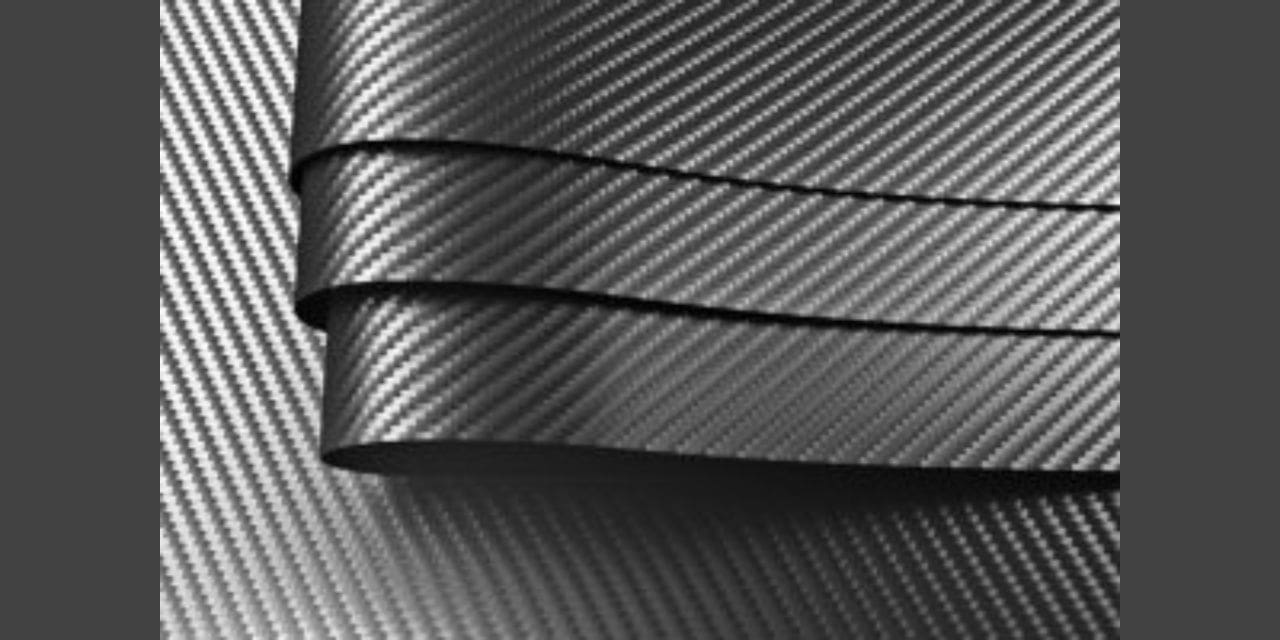The According to a market research report, the “Carbon Fiber Market by Raw Material Type(Pan, Pitch), Fiber Type(Virgin, Recycled), Modulus (Standard, Intermediate, High), Product Type(Continuous, Long, Short), Application(Composites, Non-Composites), End-use Industry, Region – Global Forecast to 2032″, is projected to grow from USD 6.5 billion in 2022 to USD 11.9 billion by 2027, at a CAGR of 13.0% during the forecasted period and USD 21.7 billion by 2032, at a CAGR of 12.9% during the forecasted period. The market is anticipated to be driven by the increasing demand from aerospace & defense industries and wind energy. Furthermore, the rising use of carbon fiber for 3D printing to increase the rigidity and strength of the fabric adds impetus to the market’s growth during the forecast period.
Download PDF Brochure: https://www.
Browse
- 316 Market data Tables
- 63 Figures
- 356 Pages and in-depth TOC on “Carbon Fiber Market – Global Forecast to 2032″
This report also provides a comprehensive analysis of the companies listed below:
The major players active in the carbon fiber market as Toray Industries Inc., (Japan), DowAksa (Turkey), Mitsubishi Chemical corporation (Japan), Solvay (Belgium), Teijin Limited (Japan), SGL Carbon (Germany), Hexcel Corporation (US), Hyosung Advanced Materials (South Korea), Zhongfu Shenying
Merger & acquisitions, investments & expansions, partnerships & collaborations, and new product developments are some of the major strategies adopted by these key players to enhance their positions in the carbon fiber market.
Recent Developments
- In July 2022, Hexcel announced that it has signed a long-term agreement with Dassault to supply carbon fiber prepreg
for the Falcon 10X program. This is the first Dassault business jet program to incorporate high-performance advanced carbon fiber composites in the manufacture of its aircraft wings. - In April 2021, Hyosung Advanced Materials signed a contract with Hanhwa Solutions. The company announced that it signed a long-term contract to supply reinforced carbon fiber to be used for strengthening fuel tanks in hydrogen vehicles for six years, beginning 2021. The total supply is worth about 160 billion won. This agreement will boost the sales of carbon fiber.
- In April 2021, Mitsubishi Chemical Corporation integrated subsidiaries at the national level in three countries: the US, the UK, and Germany. By sharing and integrating expertise and resources, this integration will enhance cooperation and further strengthen overall business capabilities in each of these three countries. The company will also attempt to strengthen customer responsiveness based in these countries and provide solutions to each country. Nine subsidiaries in the US, five subsidiaries in the UK, and five subsidiaries in Germany were integrated on April 1, 2021.
Request Sample Pages: https://www.
Aerospace & Defense led the market for carbon fiber in terms of value in 2021, accounting for 43.9% of the total. Carbon fiber has been used nearly everywhere in aircraft, most notably planes. The Boeing 787 Dreamliner passenger plane is composed of 50% composite material by weight, with most of the composite material being carbon fiber laminate or carbon fiber sandwich. Carbon fiber materials make up the fuselage, or main body, of the plane, as well as parts of the wings and tail. Boeing points out that in addition to fuel efficiency, using carbon and other composite materials allows for less maintenance since they do not corrode or fatigue like metals do. Less maintenance means more flight time, making carbon fiber planes more profitable. Carbon fiber is also used to replace metal parts in helicopters, such as the rotor blades and tail. It’s also applied for instrument enclosures, doors, and interior components like seats. While using carbon fiber in smaller ways might not feel like it makes much of a difference, the weight difference can add up when heavier materials are removed.
Non-composite applications include chopped or discontinuous pitch carbon fibers that are used in the electrical & electronics industry. Carbon fibers are used in non-composite applications such as catalysis, electrode for batteries, and 3D printing. A structural battery is a multifunctional battery that can carry the load while storing the energy and, therefore, reduce the overall weight of a mobile electric device. The major component of a multifunctional battery is carbon fibers, as they are lightweight materials and have good electrical, electrochemical, and mechanical properties. The demand for non-composite applications will increase due to rapid growth in electric vehicles and expansion of 3D printing for various new applications. The Non-composites application of carbon fiber market is projected to grow from USD 355.6 million in 2022 to USD 606.3 million by 2027, at a CAGR of 11.3% and USD 1,023.5 million by 2032, at a CAGR of 11.0% during the forecasted period.
Europe is the largest market for carbon fiber in 2021. It has a significant number of manufacturers that are actively participating in development activities, especially in expansions and new product launches. The region has the presence of major carbon fiber manufacturers. The European region is segmented into Germany, France, the UK, Italy, Spain, and the Rest of Europe. The growing automotive industry in the region is bolstering the demand for carbon fiber. Carbon fiber is widely used in different end-use industries such as aerospace & defense, automotive, sporting goods, wind energy, and pipe & tank. The aerospace industry accounts for the maximum share in the European carbon fiber market due to the presence of the huge aerospace industry in France and the UK. The expanding manufacturing facilities in Europe promise a high potential for market growth in the coming years.
Inquire Now: https://www.

